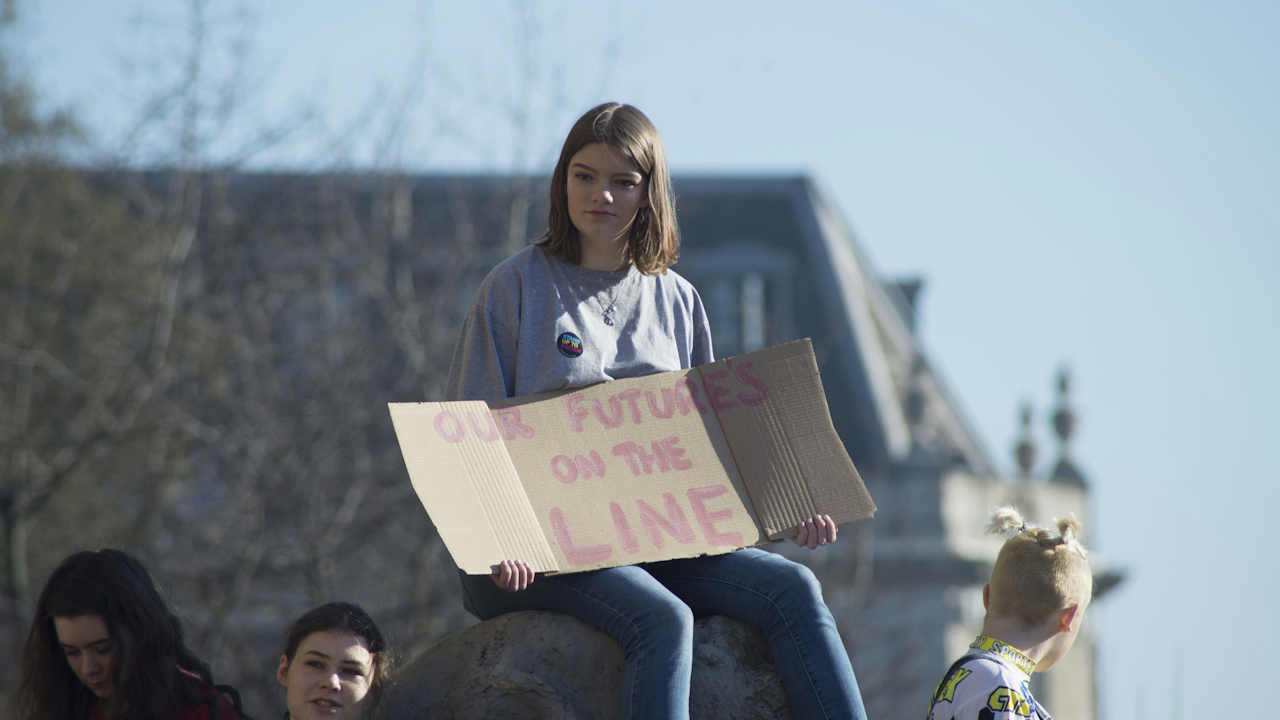In recent years, a growing number of young Americans have become increasingly disillusioned with the two-party political system. Once seen as the foundation of American democracy, the Republican and Democratic parties now struggle to maintain the confidence of younger generations. Many young people feel that the current system does not reflect their values, address their concerns, or offer meaningful choices. This mistrust is shaped by several key factors, including a perceived lack of representation, the influence of money in politics, political polarization, and the failure to address urgent issues such as climate change, student debt, and systemic inequality.
One of the most common reasons young people cite for distrusting the two-party system is a feeling of underrepresentation. They often see both major parties as dominated by older politicians who are out of touch with the experiences and needs of younger citizens. Issues that resonate strongly with younger demographics, such as affordable housing, racial justice, and student loan forgiveness, are frequently sidelined or reduced to political talking points. When young voters see little difference in how these topics are handled by either party, they begin to question whether their votes actually matter.
This sentiment is further compounded by the role of money in politics. Young people are especially skeptical of how campaign financing works and how lobbyists and large corporations influence legislation. Many feel that both Republicans and Democrats are beholden to wealthy donors rather than ordinary voters. The outsized influence of Super PACs and corporate lobbying leads to the perception that the political process is rigged in favor of the rich and powerful. As a result, younger citizens often view the two-party system as inherently corrupt or compromised.
Polarization is another major factor contributing to this distrust. Young people are growing up in an era of intense political division, where compromise is rare and political discourse is often hostile. The two major parties are seen as locked in a constant battle, prioritizing electoral victories over practical governance. This zero-sum mindset makes it difficult to pass bipartisan legislation, leaving many problems unaddressed. Young voters who value collaboration and problem-solving are frustrated by a system that seems more focused on defeating the other side than on solving the country’s problems.
Social media has played a significant role in shaping young people’s political views, and not always in ways that favor traditional parties. Online platforms have given rise to independent voices and alternative political movements that challenge the dominance of Republicans and Democrats. Many young people now follow political content that promotes progressive, libertarian, or other third-party perspectives. These viewpoints often offer solutions or ideologies that feel more aligned with the priorities of younger generations. Exposure to a broader range of opinions makes the limitations of the two-party system more apparent and reinforces the idea that meaningful change is more likely to come from outside the mainstream.
In addition, many young people are driven by a sense of urgency around global and national issues that the two parties seem slow to address. Climate change is perhaps the most pressing example. While both parties have acknowledged environmental concerns, young activists often feel that proposed solutions are too moderate or too delayed. Similarly, issues like gun control, police reform, and reproductive rights carry a sense of immediacy for younger voters. When they see politicians offering incremental change or failing to act decisively, trust in the system erodes.
The student debt crisis further alienates young people from traditional politics. Many feel that the economic policies of both parties have contributed to or ignored the burden of higher education costs. The lack of consistent, effective policy to relieve student debt leaves young voters feeling that neither party is willing to stand up for their financial futures. This contributes to a broader perception that the political system is indifferent to the struggles of younger generations.
It is also important to recognize the generational shift in values that separates young voters from older ones. Younger Americans tend to be more inclusive, more accepting of diversity, and more skeptical of traditional authority. They often support bold reforms in areas like healthcare, education, and criminal justice. When the two major parties appear resistant to these reforms, or when they fail to clearly articulate a vision for the future that aligns with these values, young people are left feeling disconnected from the political process.
As a result of these factors, many young Americans are turning to alternatives. Some are engaging with grassroots movements and activist organizations. Others are registering as independents or supporting third-party candidates. There is also a growing interest in reforms such as ranked-choice voting, open primaries, and campaign finance limits, which aim to make the political process more inclusive and responsive. While these changes may not dismantle the two-party system entirely, they reflect a widespread desire for a political landscape that better serves the diverse needs of modern society.
In conclusion, young people’s distrust of the two-party system is not a result of apathy or ignorance, but rather a reflection of their deep dissatisfaction with how the system functions. They want a political process that listens, represents, and acts. Until the major parties can demonstrate that they are capable of doing so, they risk losing the support of a generation that is both politically aware and eager for change.

